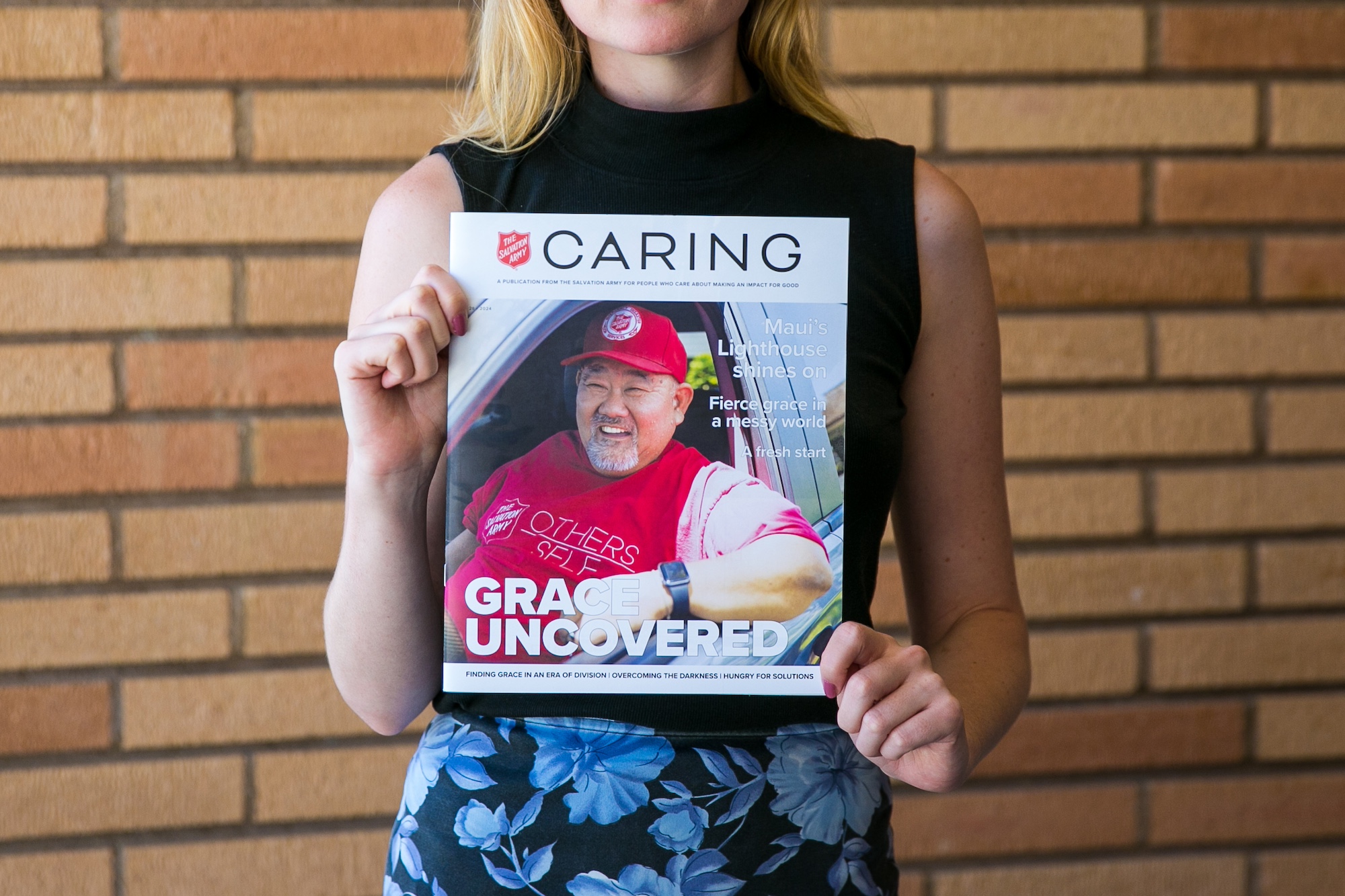THE BODY BUILDER

by Major Terry Camsey –
In one way, the Army is like the United States Postal Service. We both deliver messages.
I don’t know whether you caught the broadcast by CNN a few months ago (October 22, 1999, to be precise) where they reported that E-mail is drastically reducing the numbers of letters people are sending. This, apparently, is having a severe impact on the letter delivery aspect of the postal service’s business.
The postal service was, as I remember, expressing concern that this trend would greatly affect the ability of people to write good letters. My impression was that it spelled the end of the civilized world as we knew it! (Or, as Sir Winston Churchill put it at one point during World War II, if not the beginning of the end…perhaps the end of the beginning!)
One had the nasty feeling, however, that the postal service faces this predicament because–like so many other companies–they have failed to define their business adequately. They seem not to have clarified whether their business is to deliver letters (snail mail–a method) or to deliver messages (releasing them to constantly seek better ways of doing that). It is a not uncommon dilemma and one which other companies have faced over the years…railroads, for example, who failed to define their business as transportation and free themselves to look for better ways of transporting goods and people.
This, for the postal service, begs the question should their response be to insist that people write letters so that they can stay in business and thrive? (in other words to “push” the “product” they already have… delivering letters?) Or, should it be to redefine their business as delivering messages, thus freeing them to stay abreast of the most effective way of doing this? If they had done this already, perhaps they might now be on the cutting edge of Internet communications and constantly on the alert for even better ways to deliver messages.
As I have suggested, from one perspective, we are in the same business as the postal service. And we, too, must not confuse delivery of the method with delivery of the message. The message may not change, but effectiveness of delivery of that message can vary significantly according to the method chosen. Should not we, too, be constantly on the alert for ways to more effectively and efficiently deliver the Good News… the most important message the world has to hear. Should not we, too, be heavily invested in exploration of ways that enable us to respond to the changing way in which many now prefer to receive the message.
And what does that imply about the way the organization responds at all levels to the challenge? Should the style be of controlling, directing, enforcing delivery of method? Or one of resourcing, facilitating, supporting delivery of the message?
I recently watched the film “Brassed Off’ again and was reminded of the tremendous pain change can bring. The pain of realizing that, although supplies of coal were plentiful, its use as a fuel had come to an end and pits were being closed and jobs lost. The reality was that newer, cleaner, preferred ways of generating energy had been discovered. In such circumstances, the miners could protest and insist people buy coal until they were literally as well as practically black in the face! To no avail.
When an external environment changes, our choices are to respond or not. Our future depends on the choice we make.
To a distressed person who came to him for help, the Guru asked, “Do you really want a cure?’
“If I did not, would I bother to come to you?”
“Oh yes. Most people do.”
“What for?”
“Not for a cure. That’s painful. For relief.”
To his disciples, the Guru said, “People who want a cure, provided they can have it without pain, are like those who favor progress, provided they can have it without change.”
Image books)










